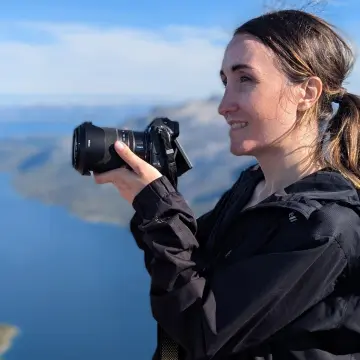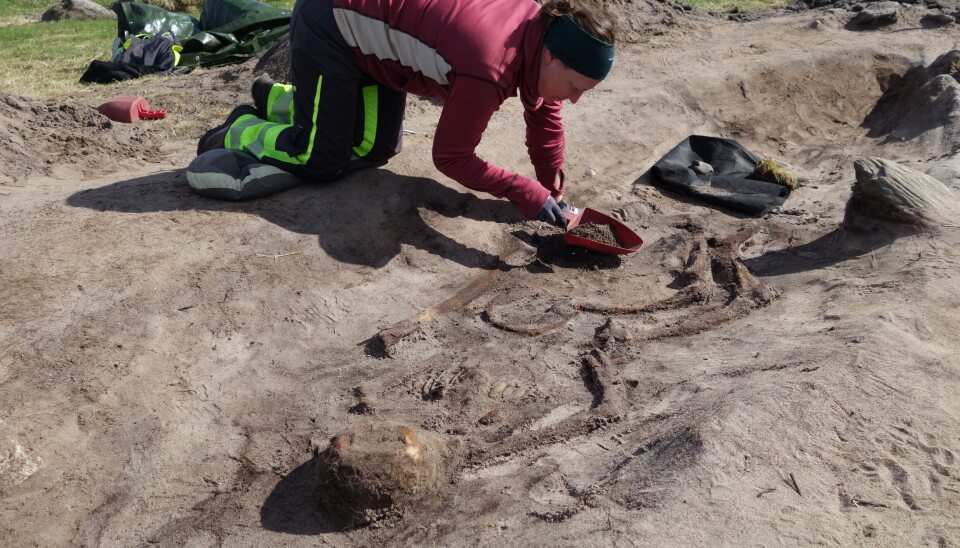
Viking Age boat grave discovered on island in northern Norway
The 1,000-year-old skeleton, which was found alongside jewellery, a dog and textile tools, probably belongs to the wife of a high-ranking local farmer.
The Iron Age (800 AD - 1100 AD) burial was discovered in the village of Sand on the island of Senja, according to a report by the Arctic University Museum of Norway.
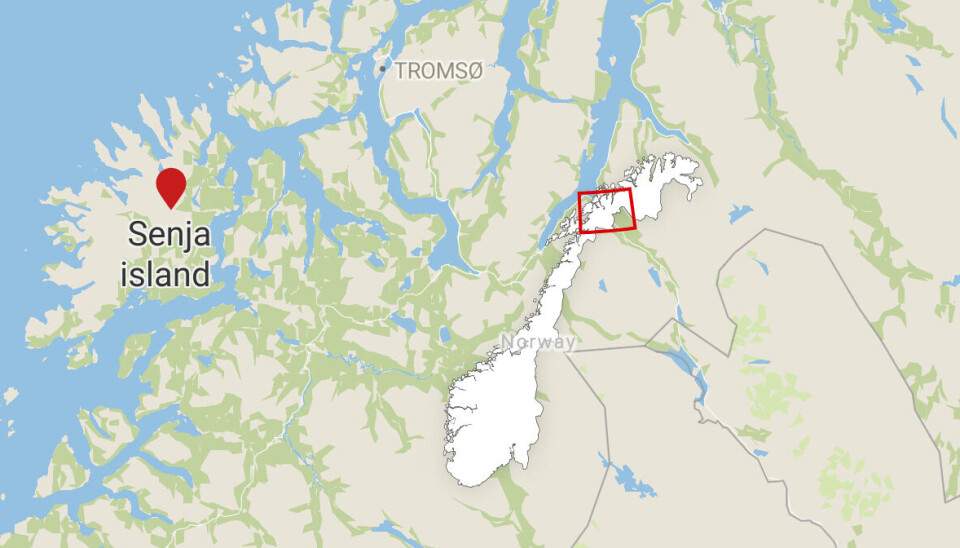
After metal detectorists discovered two Iron Age brooches on the spot in 2023, a more thorough investigation of the area was required. The archaeological excavation that followed in May 2025 unearthed a much greater surprise:
“We found the skeleton of an individual that we believe to be a woman. This is based on the objects that the skeleton was buried with,” Anja Roth Niemi, the researcher from the Arctic University Museum of Norway, who was in charge of the excavation, told the Barents Observer.
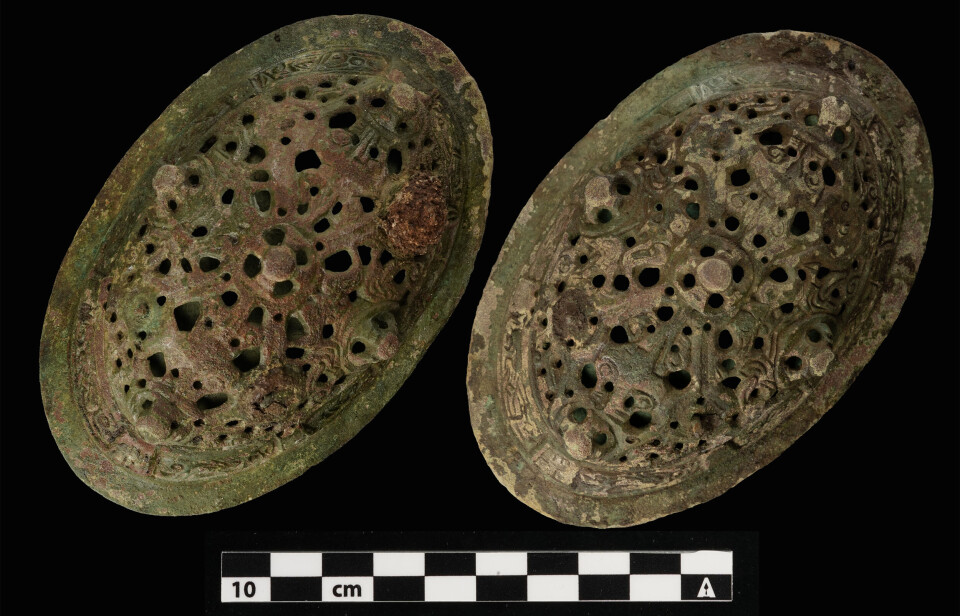
“The brooches were placed on each side of the chest. There were also textile tools that are strongly associated with female graves. The woman was laid down inside a boat with a dog placed next to her feet,” - she added.
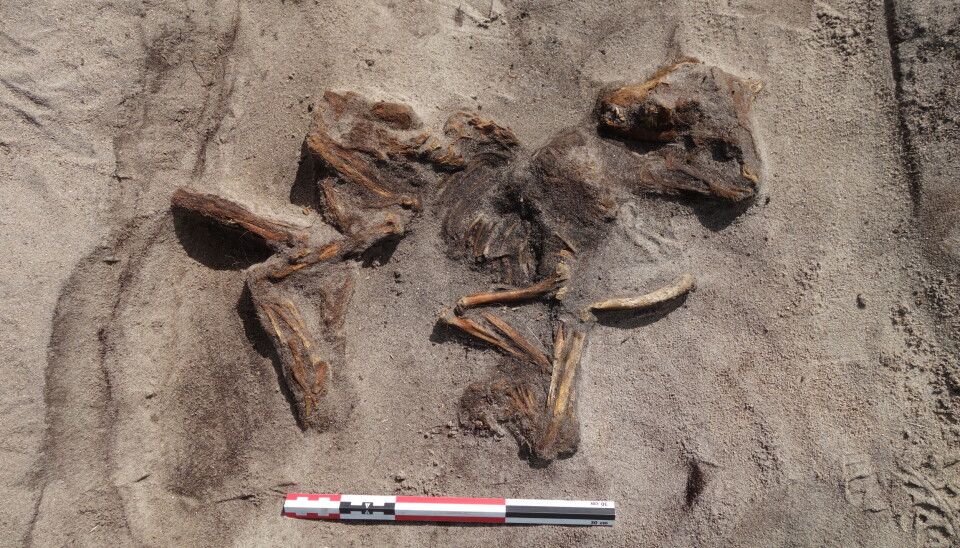
As the archaeologist explains, the boat was a common type of Viking age boat used for coastal fishing or transport. Its placement into the grave was probably intended to accompany its owner in the afterlife, and the dog was most likely killed and placed next to its owner for the same purpose.
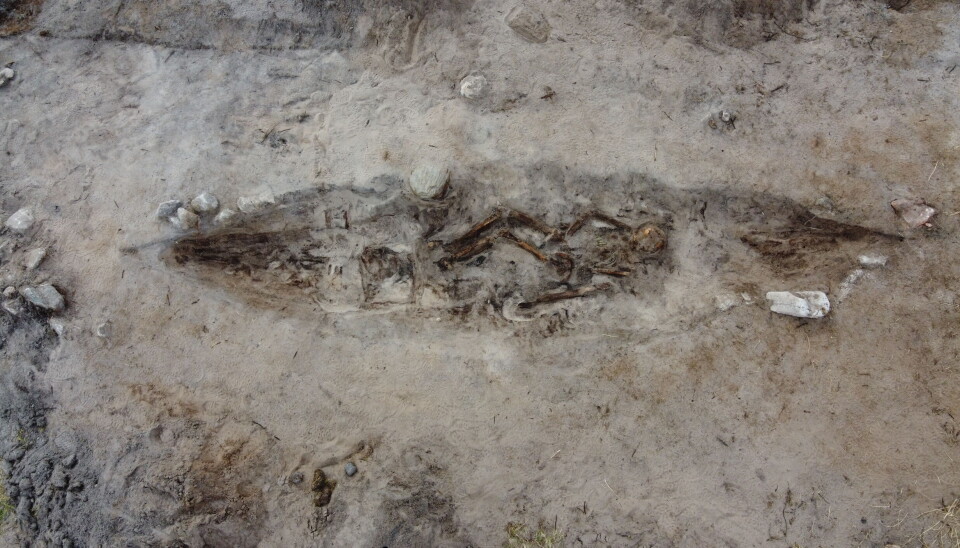
When this individual was buried around 950 AD, the area that is now Norway consisted of loosely connected alliances. The region that included Senja was known as Hålogaland.
The farm that the woman was probably part of most likely grew vegetables and other crops and kept livestock such as sheep, pigs and chickens.
“She was most likely from the upper strata of society – she was maybe the wife of the local leader and the mistress of the farm. They likely had people working for them on that farm; they could even have had slaves,” Anja Roth Niemi explained.
“At the farm, they produced food for people and livestock. For the leading families, the production of grain for beer could have been just as important. It was the host’s responsibility to provide alcohol for feasts, celebrations, and meetings, and generous amounts was expected”.
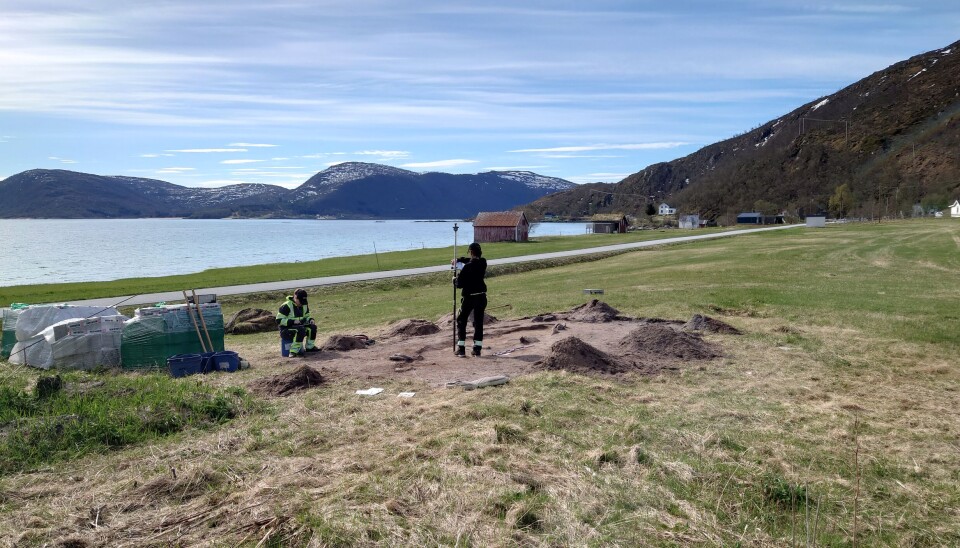
Researchers do not yet know what the woman looked like, as a thorough DNA analysis has yet to be conducted. However, previous research on Viking Age burials has shown that those who inhabited Scandinavia at that time were genetically very diverse.
“It was a time of high mobility in Scandinavia - many people came in and many travelled out”, - Anja Roth Niemi explains – “We do not yet know if the woman in this grave was born here, or if she travelled from elsewhere - for instance as part of a marriage alliance between different families. The people of Senja had contacts reaching southwards through the Scandinavian trade networks, but they probably also had direct or indirect relations with the Saami towards the north and east.”
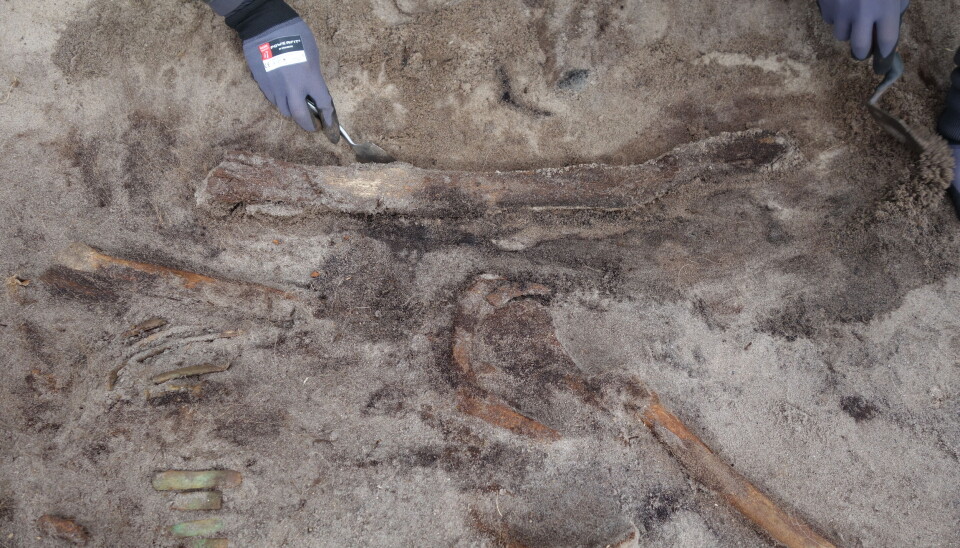
The two brooches found in the burial are perfect examples of the high level of mobility and highly developed trade routes practised in the northern Europe back then:
"These types of brooches are found in several other Viking age burials in Norway” - Niemi said - "They were likely made by professional artisans in the urban communities further south, for example in Trondheim. People were importing and exporting products across Scandinavia and as far as England, Ireland, and Iceland.”

